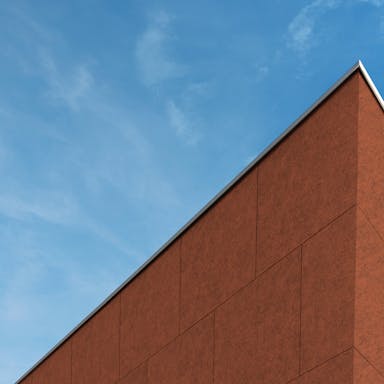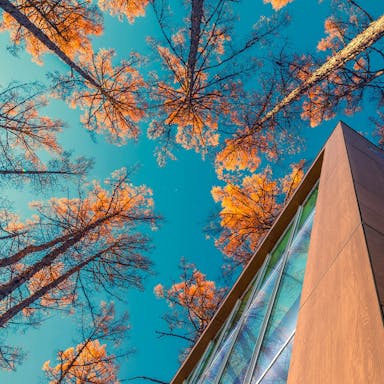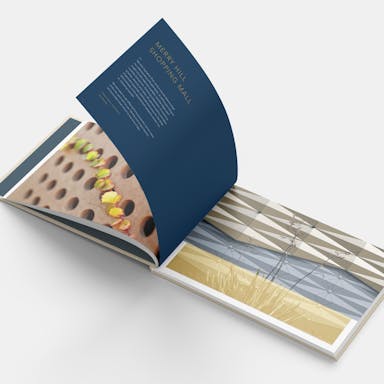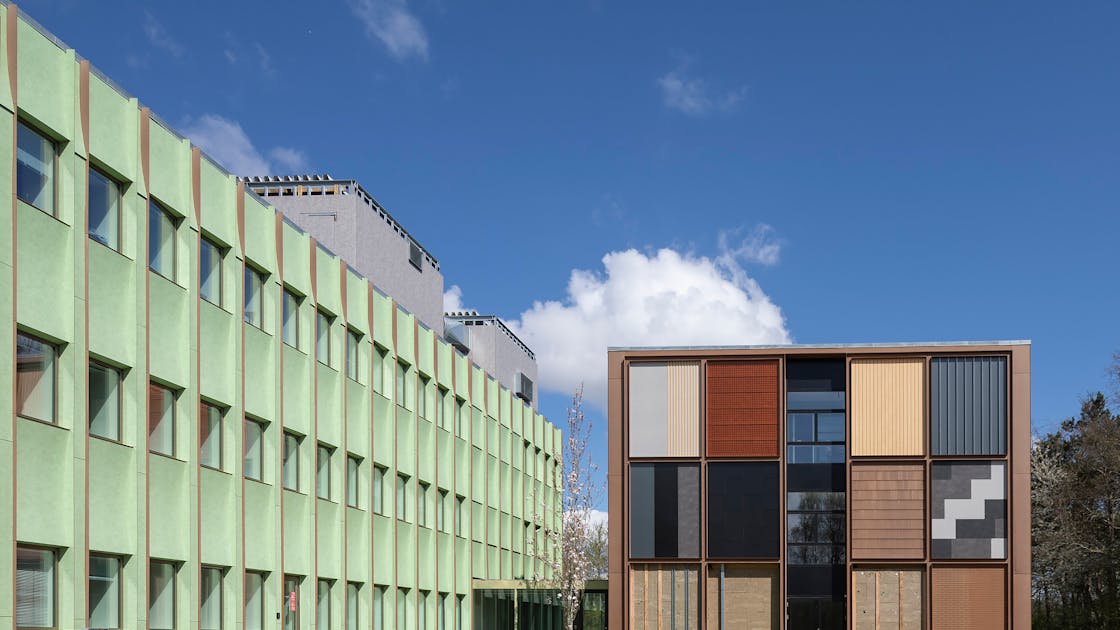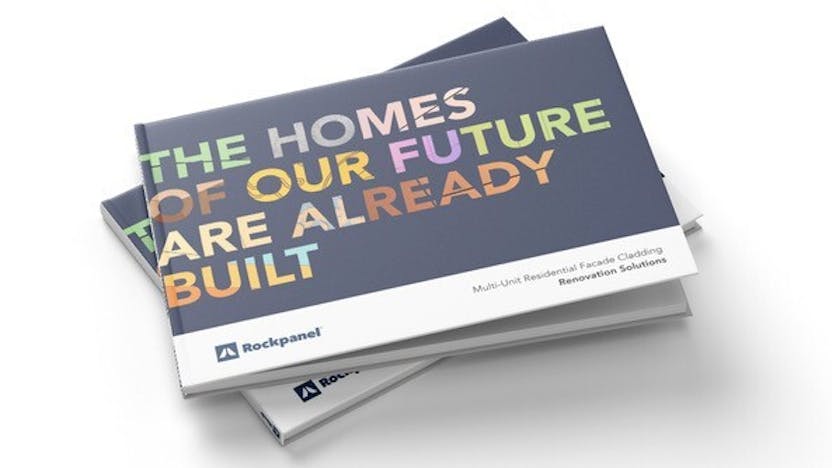The facade stands out as the defining element of any building, fulfilling both functional and aesthetic roles that reflect the values of clients and occupants. In the architect's quest to translate client ideas and concepts into realism, considering factors such as longevity, economic viability and technical requirements, construction costs emerge as just one factor in the broader picture.
The economic efficiency of a facade extends across all phases of a building's life.
To ensure optimal outcomes, key considerations in the early planning phase include:
- Use of robust and durable products
- High adaptability to diverse building shapes
- Quick and easy adaptation of Rockpanel to on-site conditions
- Easy compensation for building tolerances, even in renovation projects
- Flexibility through component use for realizing unique design ideas
- Installation largely independent from weather conditions
- Simplified fulfillment of building physics requirements, including thermal insulation and building climate
- Total cost of ownership analysis, focusing on operational costs and low-maintenance strategies
- Consideration of deconstruction possibilities for building materials
- Easy replacement for damage due to vandalism or natural disasters
- Potential for reusing system components
- System components designed for separate recycling in line with sustainability and recycling laws
- Certainty regarding construction costs
Rockpanel, with its nearly full recyclability and conversion into new stone wool products, aligns with these considerations. The ventilated facade emerges as a solution that brings numerous advantages, enabling the creation of forward-looking constructions that meet both current and future requirements.
